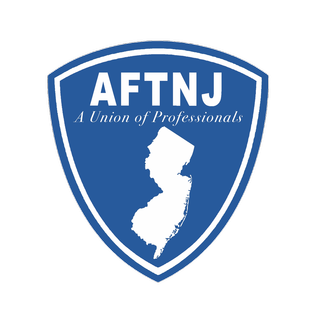By Jeff Selingo
The talk in Washington these days, when not about the presidential election, is about the coming fiscal cliff, the result of tax increases and spending cuts set at the start of next year. On campuses, talk of a different kind of fiscal cliff is the subject of much speculation. The question on the minds of many college leaders is whether this is the year that they have been fearing since the economic collapse of 2008.
After years of hyping their record numbers of applications, fewer colleges seemed to tout those numbers this past spring. This summer, at meetings of admissions officers that I attended in New York and Minnesota, I heard plenty of concern over rising tuition discount rates, flat or falling net tuition revenue, and declining yield numbers. Keeping that trifecta in balance is a juggling act for most tuition-dependent colleges, and for years, it was only a concern of private colleges. But as state support of public colleges has dropped, their finances have become more dependent on carefully managing enrollment as well.
Among the college officials I talked with this summer, some felt fortunate to “make their class” this fall, but only with freshman discount rates that approached 50 and 60 percent (that rate is the proportion of tuition revenue used for student aid). The average discount nationwide last year was 43 percent. There is no number that automatically triggers an alarm because in some ways the figure that matters more is net tuition revenue, but on many campuses that number is also not moving in a positive direction. In other words, colleges are spending more to enroll students and getting less cash from them.
More>>
